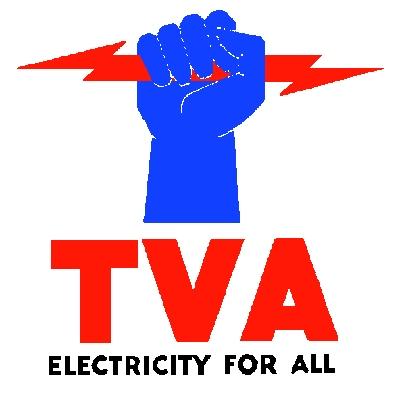Part 5 of 5 Parts (Please read Parts 1, 2, 3 and 4 first)
Ultimately, the trajectory of nuclear power in the U.S. will affect how wind, solar, batteries and fossil fuels are used in the coming decades. Liz Coyle of Georgia Watch has pointed out that while the cost of the Vogtle project has doubled during the seven-year delay, the price, the price of renewable energy, including storage, has dropped. Going forward, she has argued that Georgia Power should compare the cost of planned generation with not only combined-cycle natura gas but also with renewable options such as utility-scale solar and long-term agreements to purchase wind power. Coyle said, “This argument that, ‘Well, it’s reliable, it’s low-cost, it’s carbon-free,’ then why are we still comparing it to combined-cycle natural gas? There are now significantly more cost-effective renewable energy options than any of us anticipated back in the day when Vogtle 3 and 4 were certified.”
Southern remains a unwavering proponent of nuclear power. The company announced plans last November to construct a small, experimental reactor in Idaho using technology from TerraPower. The TerraPower Natrium demonstration plant is being partially financed by a DoE private-public partnership that is a fifty-fifty cost share for up to four billion dollars. The project is utilizing high-assay low-enriched uranium (HALEU). Developers argue that this will allow smaller reactor designs to have longer operating cycles and increase efficiency. TerraPower said, “The demonstration project will validate our construction approach, establish our supply chain, build our fuel fabrication facility, and help encourage domestic HALEU enrichment capabilities. This will significantly reduce future costs for additional projects.”
The Tennessee Valley Authority (TVA) gets more than forty percent of its electricity from nuclear power. They want to build an SMR at the Clinch River site near Oak Ridge, Tennessee.
The DoE is also partnering with California-based Kairos Power LLC to giver design expertise as well as guidance in securing a federal license for a fifteen megawatt demonstration salt-cooled high-temperatures reactor.
Jeff Lyash is the CEO of the TVA. He has been outspoken about wanting the federal government’s assistance in TVA’s potential SMR project. This is a cluster of smaller reactors that would be more easily dispatchable and incorporated in a modernized grid that support distributed generation as well as other next-generation reactors. Lyash said, “Because if we don’t have that line of sight, we need to go in another direction, because we need to go 10 years out.” He made this comment in June of 2021 with respect to the long-term planning, licensing and construction process needed for nuclear projects.
The Energy Act of 2020 authorized two advanced reactor demonstration projects as well as allocating funds for nuclear fusion research. The new infrastructure law funds a series of clear energy demonstration projects such as advanced nuclear and puts money aside for a DoE credit program meant to be a lifeline for struggling reactors. A bipartisan bill in the House would waive Nuclear Regulatory Commissions licensing fees for advanced nuclear fission power reactors.
Nuclear Reactors 1002 – Can Nuclear Fission Power Generation Compete with Natural Gas Power Generation – Part 5 of 5 Parts

